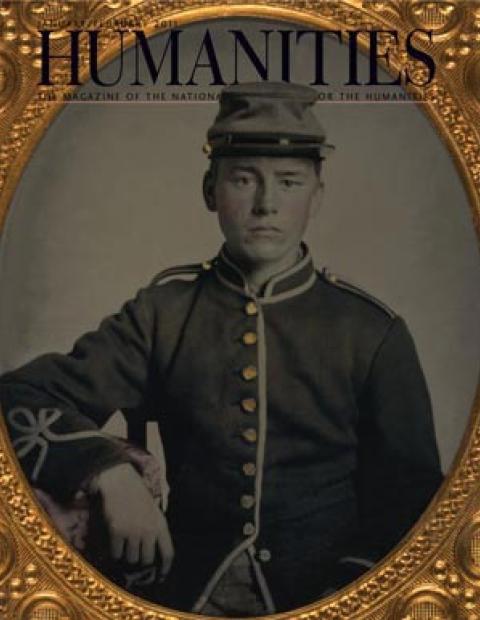From the early 1980s until around 2000, there was a publishing explosion of Russian diaries and memoirs recalling Stalin’s Terror and World War II. After glasnost the trend continued but has now subsided. “This moment,” writes Irina Paperno in Stories of the Soviet Experience: Memoirs, Diaries, Dreams, “is the end of an epoch.”
At great personal risk, editor and literary scholar Lidiia Korneevna Chukovskaia kept a diary of her daily meetings with poet Anna Akhmatova in the years 1938–42 and 1952–65. She gradually became aware of her role and wrote, “Day by day, month by month, my fragmentary notes became less and less a recreation of my own life, turning into episodes in the life of Anna Akhmatova.” During Stalin’s Terror, Akhmatova’s son was among the many imprisoned.
Chukovskaia observed, “Before my own eyes, Akhmatova’s fate—something greater even than her own person—shaped this famous and neglected, strong and helpless, woman into a statue of grief, loneliness, pride, courage.” Chukovskaia also became a living repository for Akhmatova’s poetry. Zastenok, a code word for the Terror meaning literally behind-the-wall-space, “organized the conditions of speaking.” Akhmatova, like fellow Russian poet Osip Mandelstam, considered it too great a risk to read her work aloud or commit it to paper, and she consequently relied on Chukovskaia to memorize the verse hastily written on scraps of paper during their visits and then destroyed. “It was a ritual: hands, match, ashtray—a beautiful and mournful ritual.” Paperno writes, “Chukovskaia felt that she served as an ethnographer of exotic rites.” As James Boswell did with Samuel Johnson in eighteenth-century London, Chukovskaia did with Akhmatova during two dangerous times in the Soviet Union: meticulously recording and observing the words and actions of a cultural icon for posterity. That the two situations were worlds away from each other in every sense makes Chukovskaia’s accomplishment all the more remarkable.

